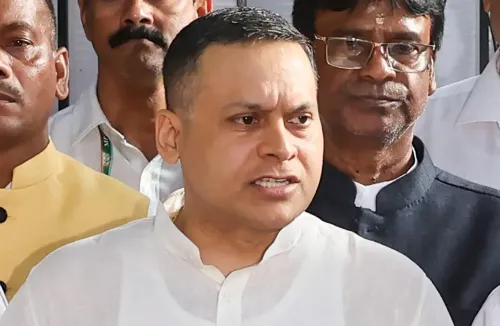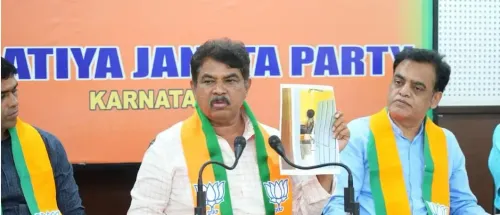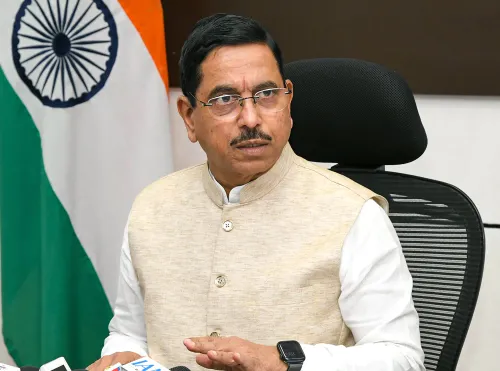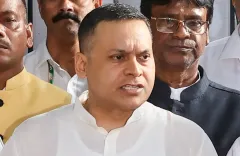How Did Delhi Assembly Speaker Vijender Gupta Engage with DU Law Students?
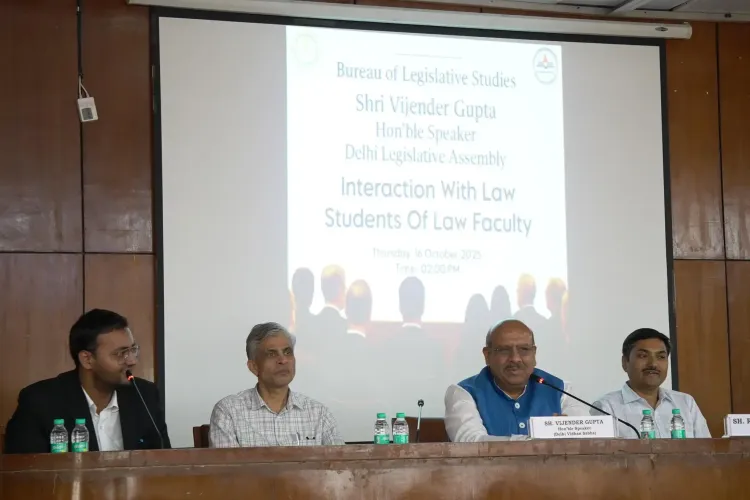
Synopsis
Key Takeaways
- Vijender Gupta engaged law students to enhance their understanding of legislative processes.
- The visit highlighted the historic importance of the Delhi Legislative Assembly.
- Students learned about key figures in India's legislative history.
- The Assembly is one of the largest legislative complexes in India.
- Understanding Article 239AA is crucial for grasping Delhi's governance structure.
New Delhi, Oct 16 (NationPress) - On Thursday, the Speaker of the Delhi Legislative Assembly, Vijender Gupta, engaged with first- and second-year law students from the Campus Law Centre-II at the University of Delhi on the grounds of the Assembly.
The visit was part of their academic initiative to grasp the operational dynamics and historical development of legislative bodies in India, as stated in an official announcement.
Accompanied by the Speaker, the students toured the Assembly House, where they were personally shown around the historic site.
Gupta warmly welcomed the aspiring lawyers and imparted crucial perspectives on the legislative mechanism, the constitutional framework, and the esteemed heritage of the Delhi Legislative Assembly.
During the interaction, he informed the students about the Assembly building's rich history, which dates back to the early 20th century when Delhi was designated as India's capital in 1912.
He detailed how the Old Secretariat building, which functioned as the Central Legislative Assembly before the completion of Lutyens' Delhi, became a key chapter in India's parliamentary narrative.
Gupta also reminisced about the impactful roles played by prominent figures like Gopal Krishna Gokhale and Lala Lajpat Rai in molding India's legislative customs and democratic principles.
He pointed out that the current Assembly complex, covering 22 acres, ranks among the largest legislative grounds in the nation.
Gupta discussed Delhi's distinctive constitutional position under Article 239AA, which was granted on the Balakrishnan Committee's recommendation, endowing the National Capital Territory with a Legislative Assembly composed of 70 Members.
The Speaker further elaborated on the transformation of Delhi's governance structure, from a Union Territory to an elected Assembly since 1993.
Gupta also provided insights into the ongoing Eighth Legislative Assembly, its makeup, and the significant milestones that have punctuated Delhi's legislative history.
He urged the students to take pride in India's democratic frameworks and to embody the spirit of constitutionalism and civic duty.
This visit granted the young law students a tangible insight into the workings of a legislature and its essential role in influencing public policy and governance.

